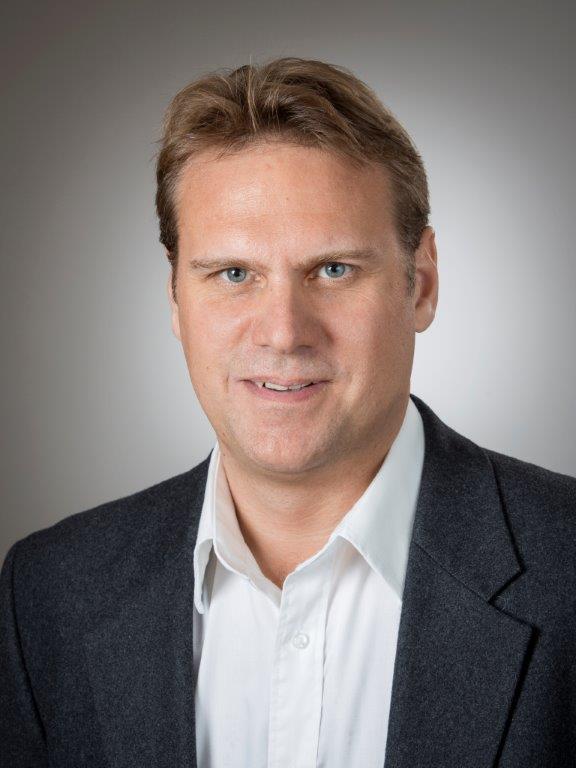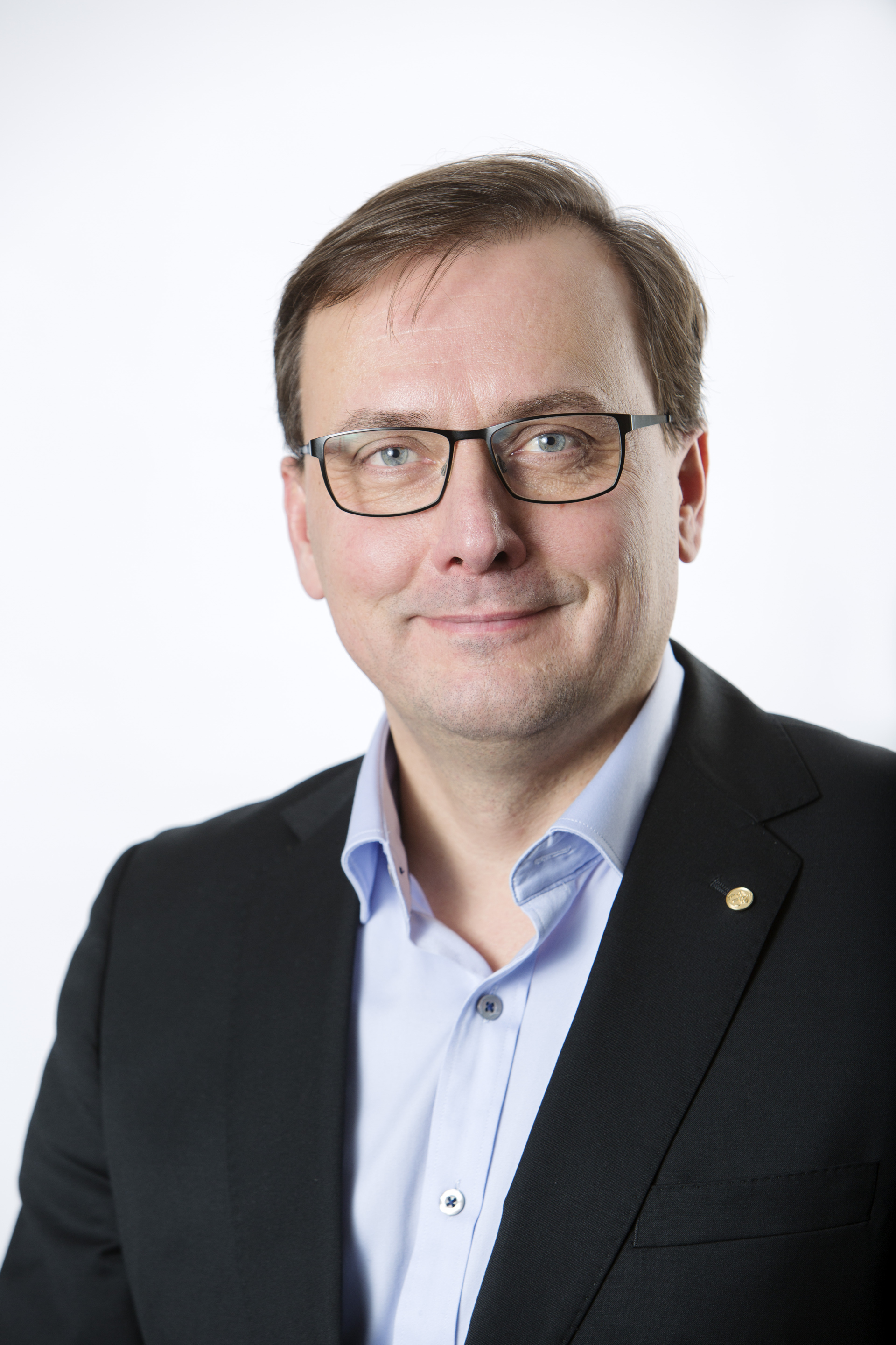
The Swedish Transport Administration is preparing for the procurement of an electric road
The Swedish Transport Administration plans to launch a procurement for an electric road, including the choice of technology, in 2021. Which section will be Sweden's first electric road will be decided before the procurement.
If it is the section on the E20 between Hallsberg and Örebro or the section on road 73 between Västerhaninge and Nynäshamn, the Swedish Transport Administration must decide before the procurement is announced. After procurement, design and construction of the electric road will start. Already in 2025, traffic will start rolling on Sweden's first electric road.

– Parallel, when the Swedish Transport Administration is producing road plans, the regions of Örebro and Stockholm have carried out very good work and, not least, conducted a dialogue with the industry. This, together with other material, contributes to the fact that we will have a good basis for decisions on the route before the procurement, says Kenneth Natanaelsson, Deputy Program Manager.
Solid investigative work together with the industry
The Swedish Transport Administration has carried out most analyses, investigations and demonstrators of various electric road technologies, together with relevant actors, the academy and other authorities. A proposal for a plan for electrification of the state road network for heavy traffic is being prepared and will be submitted to the government in February 2021.
– The combined knowledge developed by the Swedish Transport Administration and other actors contributes to the work of completing a good procurement document. We will also take into account the results that the government's special investigator will report on September 1 next year, says Kenneth.
A variety of solutions must work together in the fossil-free transport system

– An expansion of electrified roads can contribute to both more jobs and increased competitiveness, not least through the skills we acquire in the area. There are also many Swedish players involved, which can result in industrialization effects and exports of Swedish environmental technology, says Jan Pettersson, program manager.
In parallel with increased electrification, other activities must also be pursued, such as controlling transports and behaviour to less environmentally damaging modes of transport (bicycle, railway etc.) as well as developing the possibilities for shared transport, efficient transport planning, smart community planning and so on. There is and will be required a variety of solutions and all modes of transport are needed, to switch to a fossil-free transport system in a sustainable society.